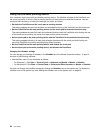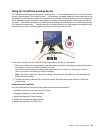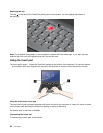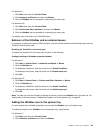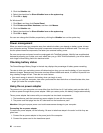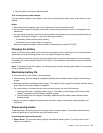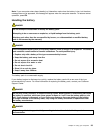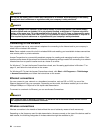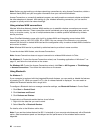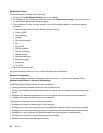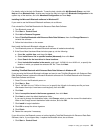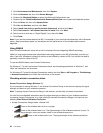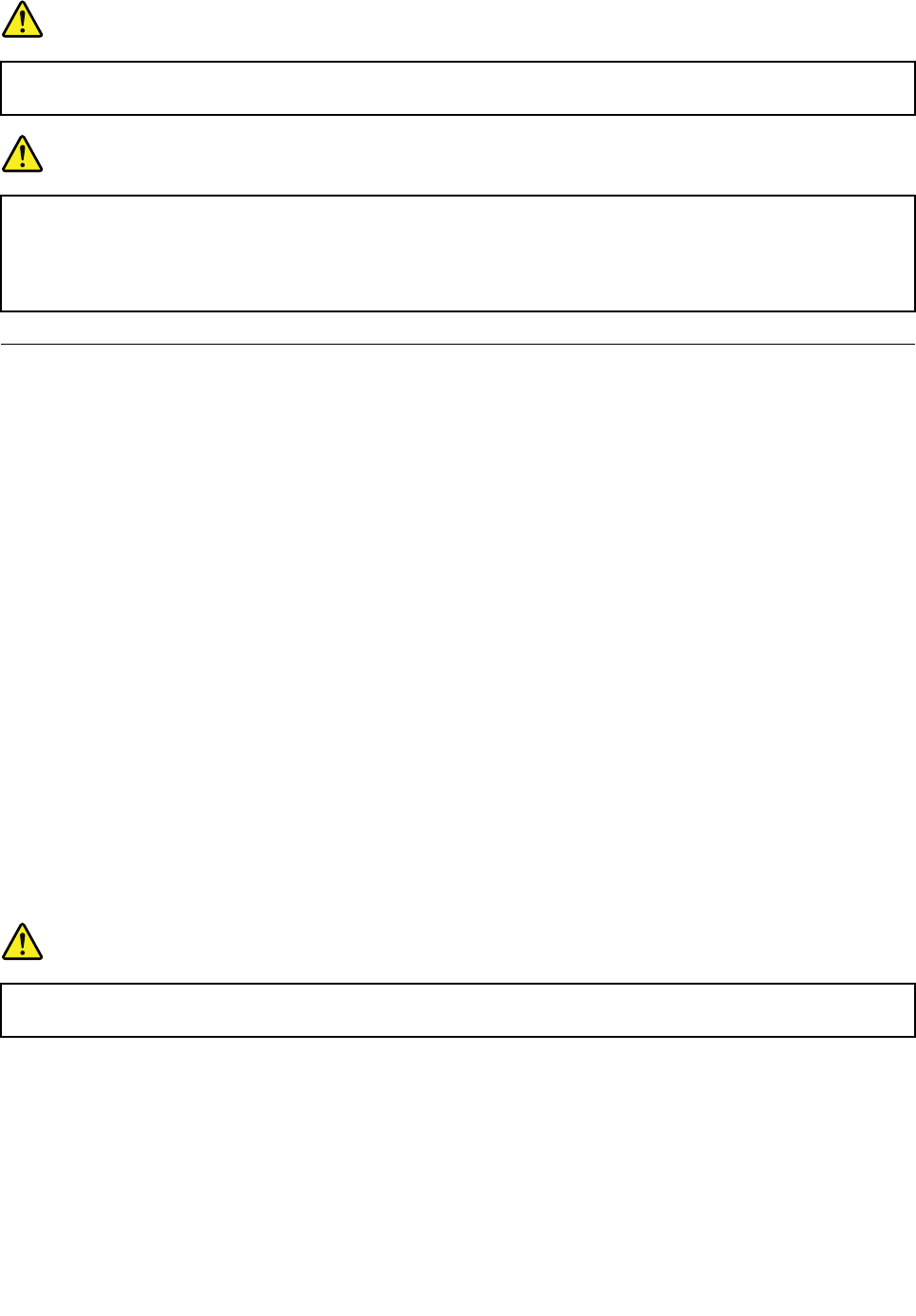
DANGER
Do not put the battery pack in trash that is disposed of in landlls. When disposing of the battery,
comply with local ordinances or regulations and your company's safety standards.
DANGER
There is a danger of an explosion if the backup battery is incorrectly placed. The lithium battery
contains lithium and can explode if it is not properly handled, or disposed of. Replace only with a
battery of the same type. To avoid possible injury or death, Do not: (1) throw or immerse into water,
(2) allow it to heat to more than 100°C (212°F), or (3) attempt to repair or disassemble it. Dispose of
it as required by local ordinances or regulations and your company's safety standards.
Connecting to the network
Your computer has one or more network adapters for connecting to the Internet and to your company's
wired LAN or wireless LAN network.
Note: Some models come with a built-in wireless WAN card enabling you to establish wireless connections
over remote public or private networks.
Access Connections is a connectivity assistant program for creating and managing location proles. Each
location prole stores all the network and Internet conguration settings needed for connecting to a network
infrastructure from a specic location such as a home or an ofce.
For Windows 7: To start the Access Connections wizard, see “Accessing applications in Windows 7” on
page 15, and follow the instructions on the screen.
For Windows XP: To start the Access Connections wizard, click Start ➙ All Programs ➙ ThinkVantage
➙ Access Connections, and follow the instructions on the screen.
Ethernet connections
You can connect to your network or a broadband connection, such as DSL or CATV, by use of the
Ethernet feature built into your computer. Depending on the model, this feature enables you to do either
10Mbps/100Mbps or 1Gbps half or full duplex data transmission.
To connect to a network via Ethernet, you can use Access Connections.
DANGER
Your computer has an Ethernet connector. To avoid the risk of electrical shock, do not connect
the telephone cable to the Ethernet connector.
Wireless connections
Wireless connection is the transfer of data without the use of cables by means of radio waves only.
Depending on the frequency used for data transmission, the area covered, or the type of the device used for
data transfer, the following categories of wireless networks might be available to you.
34 User Guide



